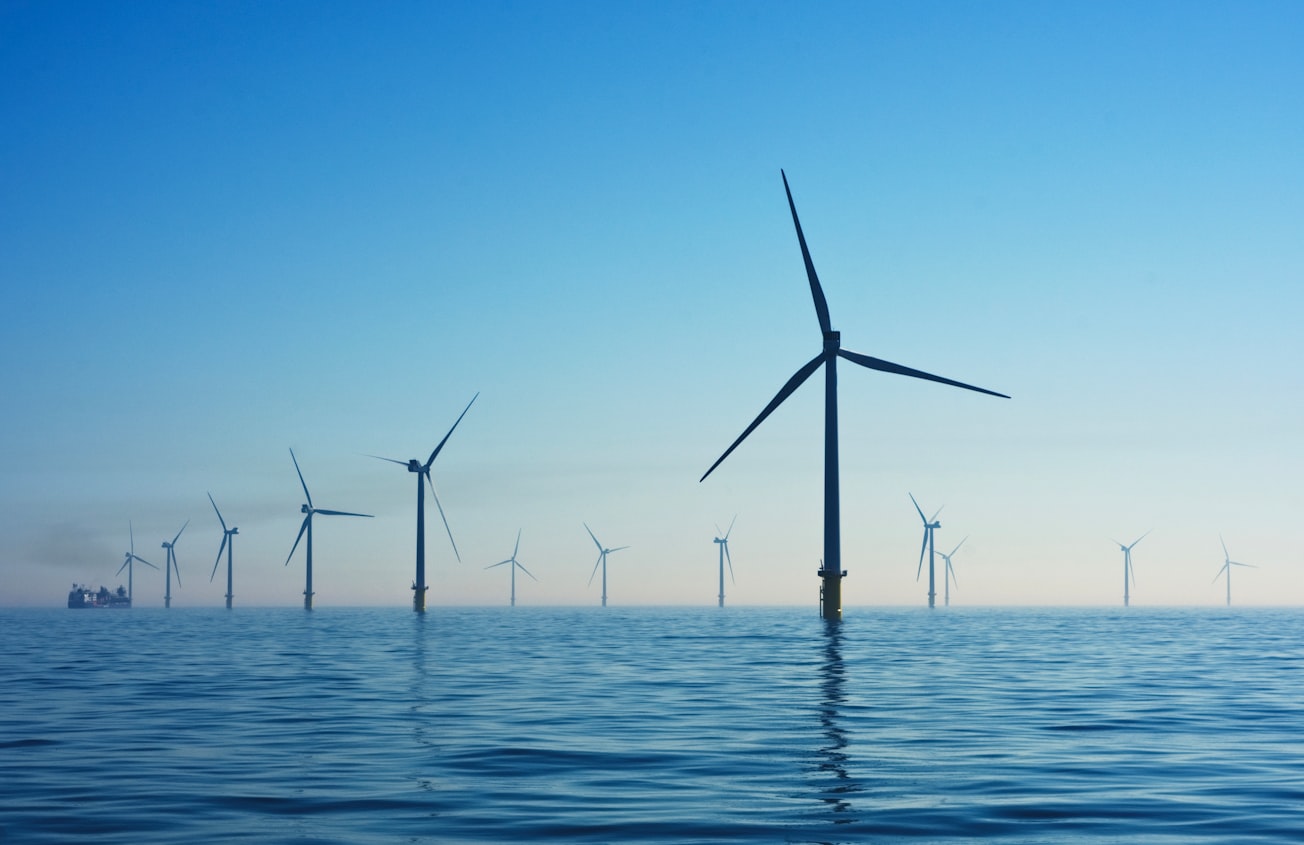What is it about?
We are standing at the precipice of the next industrial revolution fuelled by the Internet of things (IOT), artificial intelligence, and 5G technology. Realisation of this future demands wireless smart sensor networks spread across different geographical locations, with sturdy power devices that require minimum-to-no maintenance and can support the vast amounts of energy needed for data processing. These needs have popularised self-charging power systems (SCPSs)—energy storage devices that can double as energy harvesters. Among the many harvesting techniques employed by SCPSs, the ones that stand out due to their functionality are piezoelectric nanogenerators and triboelectric nanogenerators. These nanogenerators harness mechanical energy via Maxwell displacement current—a current that is generated by inducing charge changes in an electric field. The authors of this study dive deep into the world of nanogenerator-based SCPSs to explore all the budding technologies, prospects and challenges. They review in detail the three vital components of an SCPS—the energy-harvesting nanogenerator, the rechargeable energy storage device and the power management circuit—further highlighting how the output, storage and utilization efficiencies of nanogenerator-based SCPSs can be improved to make their application more widespread and multi-functional.
Featured Image

Photo by Nicholas Doherty on Unsplash
Why is it important?
Due to their mechanical-energy based harvesting capability, nanogenerator based SCPSs are both, environmental-friendly, as well as reliable, unlike weather or climate-dependant sources of sustainable energy, like wind and solar power. Moreover, they can potentially eliminate our dependence on traditional power grids for electricity, and could be integrated into existing power management circuits. KEY TAKEAWAY: Self-charging power systems are devices that can both store and harvest energy. They do this by extracting the electricity from particles pushing against each other inside an object, or by capturing static electricity from friction between two objects. This is a really active and exciting area of research. This research relates to the following Sustainable Development Goals: • SDG 7: Affordable and Clean Energy • SDG 9: Industry, Innovation, and Infrastructure • SDG 13: Climate Action • SDG 11: Sustainable Cities and Communities • SDG 12: Responsible Consumption and Production
Read the Original
This page is a summary of: Self-charging power system for distributed energy: beyond the energy storage unit, Chemical Science, January 2021, Royal Society of Chemistry,
DOI: 10.1039/d0sc05145d.
You can read the full text:
Resources
SDG Showcase: Goal 7 – Affordable and Clean Energy
More plain language summaries of research relevant to Sustainable Development Goal 7: Affordable and Clean Energy – brought to you by the SDG Knowledge Cooperative
SDG Showcase: Goal 9 – Industry, Innovation and Infrastructure
More plain language summaries of research relevant to Sustainable Development Goal 9: Industry, Innovation and Infrastructure – brought to you by the SDG Knowledge Cooperative
SDG Showcase: Goal 13 – Climate Action
More plain language summaries of research relevant to Sustainable Development Goal 13: Climate Action – brought to you by the SDG Knowledge Cooperative
SDG Showcase: Goal 11 – Sustainable Cities and Communities
More plain language summaries of research relevant to Sustainable Development Goal 11: Sustainable Cities and Communities – brought to you by the SDG Knowledge Cooperative
SDG Showcase: Goal 12 – Responsible Consumption and Production
More plain language summaries of research relevant to Sustainable Development Goal 12: Responsible Consumption and Production – brought to you by the SDG Knowledge Cooperative
RSC Sustainable Development Goals Showcase
More plain language summaries from RSC relevant to Sustainable Development Goals
Royal Society of Chemistry Climate Change Showcase
More plain language summaries from RSC relevant to Climate Change
SDG Knowledge Cooperative
More plain language summaries of research relevant to all the Sustainable Development Goals.
Climate Change Showcase
More plain language summaries of research relevant to Climate Change
Contributors
Be the first to contribute to this page










